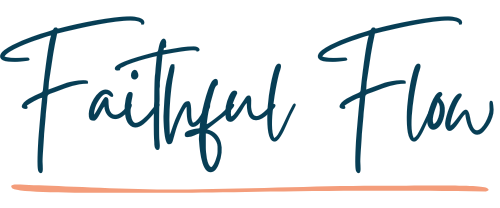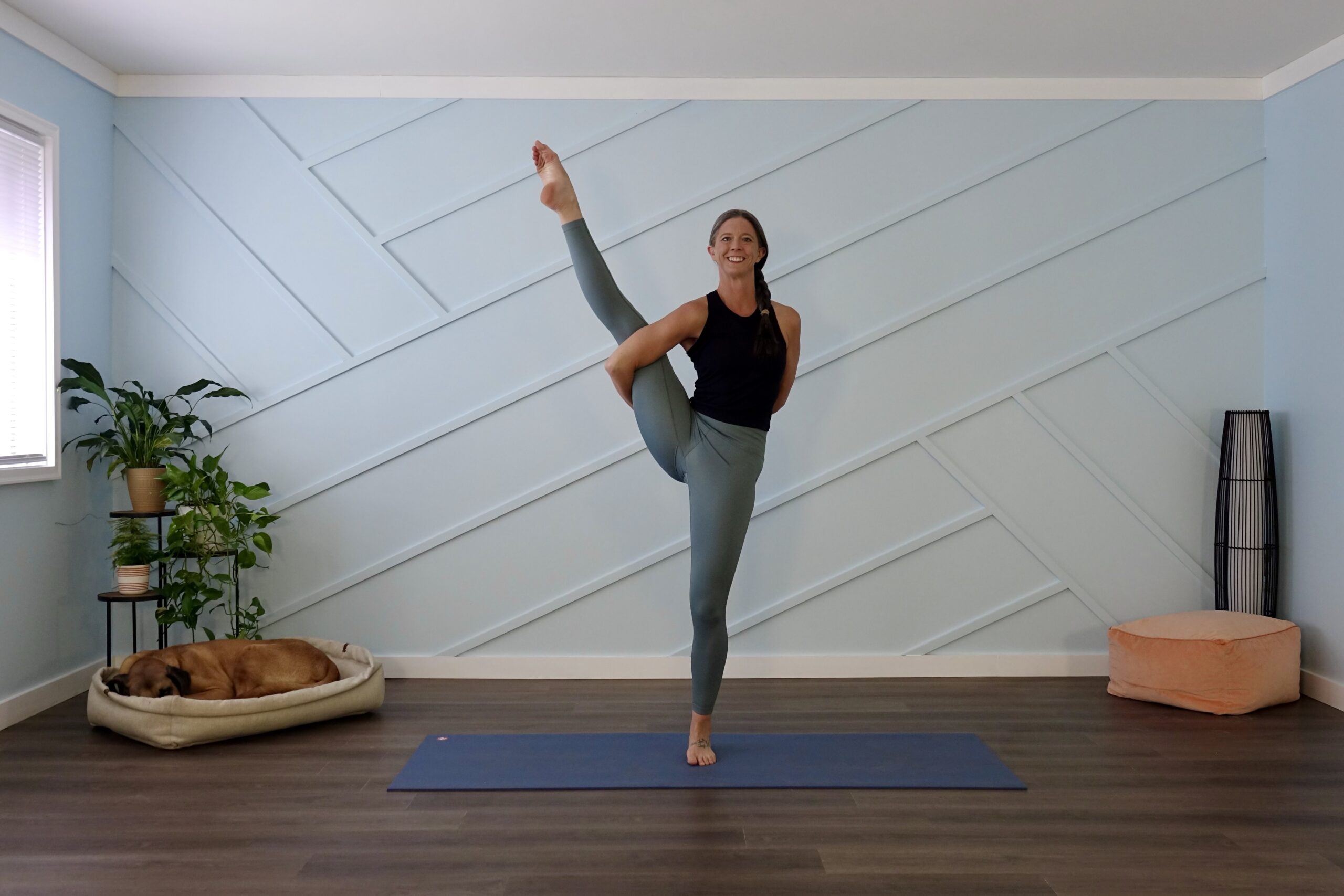The start of a new year often prompts us to reflect on our lives and consider ways to enhance our well-being. Instead of traditional New Year’s resolutions, which you may forget by February, let’s explore practices that can bring lasting positive change: mantras, affirmations, and breath prayers.
These powerful tools can help cultivate inner strength, promote spiritual growth, and contribute to a more balanced and intentional life.
Mantras
Derived from ancient Sanskrit, the word “mantra” can be broken down into “man,” meaning mind, and “tra,” meaning instrument. Essentially, a mantra is a powerful tool and meditation technique that helps to promote focus, inner peace, and connection.
Mantras are often associated with chanting or reciting specific words or sounds. They can be simple or complex: a single sound, word, phrase, or sentence. Mantras initially developed as a spiritual practice to invoke a particular state of mind.
Beyond its traditional spiritual context, you can use positive affirmations or mindful phrases similarly. In this sense, these chants are a tool for self-improvement and motivation, reinforcing positive beliefs rather than focusing on spiritual growth.
Common Sanskrit Mantras in Yoga
- Om (Aum): This is the most well-known and commonly used mantra in yoga. Om is thought to be the sound of the universe.
- So Hum: Translated as “I am that.” Reciting So Hum can help to enhance self-awareness.
- Lokah Samastah Sukhino Bhavantu: This mantra translates to “May all beings be happy and free.” Chanting this mantra encourages a sense of compassion, selflessness, and community.
- Sat Nam: This means “Truth is my identity.” It can help you to feel grounded or realize your inner strength.
- Ôm Shanti: Shanti means peace. Chanting Om Shanti is a way to cultivate peace within yourself.
Affirmations
Affirmations are similar to mantras but are more personalized. These statements challenge, support, and encourage you and help you overcome self-sabotaging and negative thoughts. Rooted in the principles of cognitive-behavioral therapy, affirmations operate on the belief that what we think influences our feelings and behaviors. You reshape your thought patterns by consciously choosing and repeating positive affirmations, fostering a more optimistic and empowering mindset.
Everyday Positive Affirmations
- I am capable of achieving my goals.
- I am worthy of love and respect.
- I choose to let go of negativity and focus on positivity.
- I am grateful for all the blessings in my life.
- I am calm in the chaos
Breath Prayers
This practice is a form of contemplative prayer. The ritual typically involves inhaling and exhaling slowly, focusing on a chosen phrase or prayer with each breath cycle. Breath prayers are concise, making them easy to remember and integrate into daily life. They serve as a portable tool for stress reduction and spiritual grounding.
The essence of breath prayers lies in their simplicity. Combining intentional breathing with short, meaningful phrases, breath prayers offer a quick and effective way to center yourself amid life’s challenges.
Examples of Breath Prayers
- Create in me a clean heart, O God
- You are my refuge and my fortress, my God in whom I trust
- I love the Lord with all my heart, soul, and strength
- Faith, hope, and love – abide in me
- Come, Holy Spirit, Come
Want to learn more about breath prayers? Read 40 Breath Prayers to Help You Connect with God Anytime, Anywhere
How They Work
The power of these tools lies in the rhythmic repetition of words paired with the cadence of breath, creating a meditative and calming experience. This facilitates a state of focused awareness, which helps quiet the mind’s incessant chatter. This, in turn, slows down breathing and cultivates a sense of stillness, allowing the concerns of the day to fade into the background.
Studies have shown that chanting OM affects several parts of the brain, including the pre-frontal cortex, vagus nerve, and amygdala, and slows respiratory and heart rates. With regular use, mantras can reduce stress and anxiety. It’s surprising what a profound effect chanting a few words can have on your life.
Crafting Your Personal Practice
Now that we’ve explored the concepts of mantras, affirmations, and breath prayers, let’s discuss how you can integrate these practices into your daily life for maximum impact.
- Morning Rituals: Begin your day with a positive mantra or affirmation. Repeat it during your morning routine, whether it’s while getting ready, commuting, or enjoying a moment of quiet before the day begins.
- Midday Realignment: Take a few minutes for a breath prayer during a hectic day. Use this time to reset and refocus, allowing yourself to approach challenges with clarity and calmness.
- Evening Reflection: As part of your evening routine, engage in self-reflection journaling. Write down affirmations that resonate with the day’s experiences and set positive intentions for the following day.
The effects of mantras on the mind and body are well-documented, and with regular use, they can help reduce stress and anxiety. Whether you resonate more with the repetition of mantras, the personalization of affirmations, or the grounding nature of breath prayers, incorporating these tools into your daily life can profoundly impact your overall well-being.
Like any habit, the effectiveness of these practices lies in consistency, and choosing something that resonates with you is essential. Try using one in your next meditation or yoga practice, and see the powerful effects for yourself. Close your eyes, focus on your breath, and let your chosen phrase guide you toward a moment of peace.
Tonya is a 500hr RYT based in Coastal Mississippi. She loves that she gets to share the joy and healing that yoga brought to her life. In addition to teaching yoga, she flips houses with her husband. Tonya is a travel enthusiast who loves the outdoors and adventure. You'll find her at the local beach, volunteering at the animal shelter, and playing with her forever and foster dogs.








0 Comments